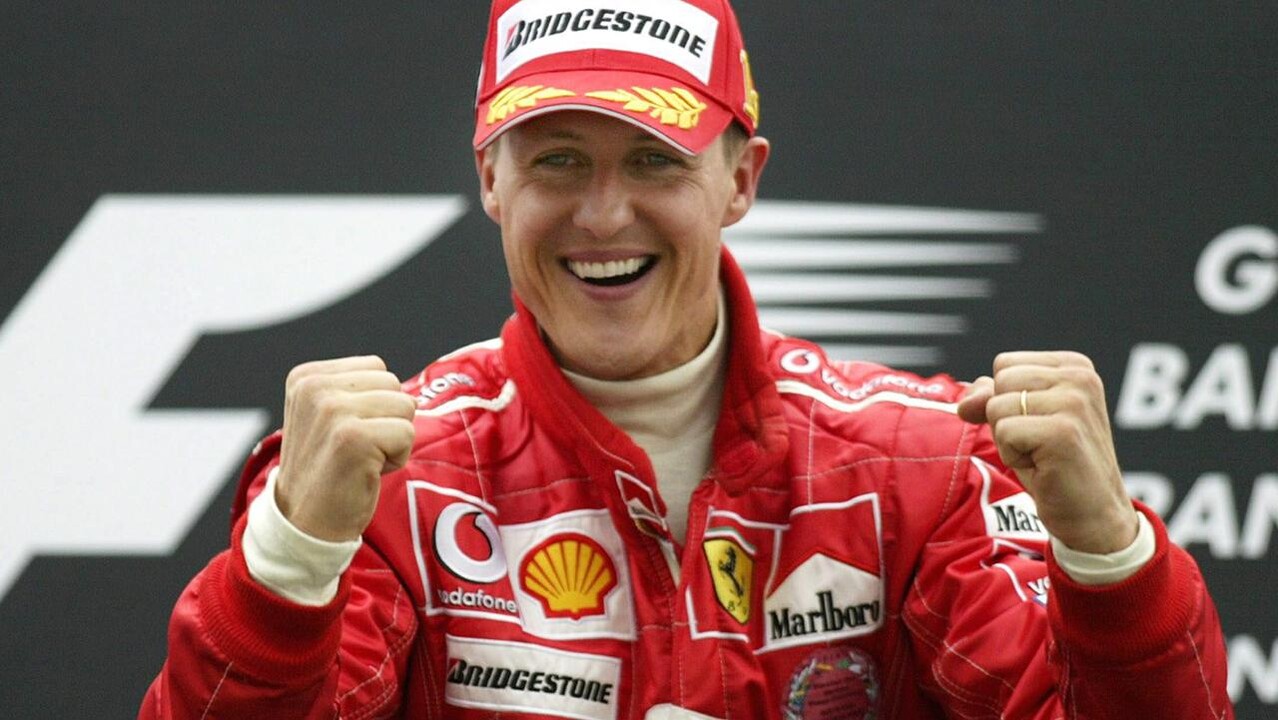
Michael Schumacher and the competitive advantage
Michael Schumacher was a great driver, one of the most successful in history, and still holds the record (with Lewis Hamilton) for the highest number of world titles won: an impressive 7, including 5 consecutive titles with Ferrari.
The traditional motorsports career
The traditional career path for an F1 driver is well defined. It starts at a very young age in Karting (around 4/5 years old) and then progresses, depending on talent and financial possibilities, through various categories: go-karting, lower-level formula racing, F3, GP2 (formerly F 3.000), and finally the coveted F1.
Michael Schumacher's sports path
It was not the case for Michael Schumacher.
After two years in F3, he didn't move on to F3.000, the true gateway to F1. Instead, Michael was included in the Mercedes Junior Team, which at the time competed in Group C (nowadays it would be the Le Mans series). Mercedes paired three young promising German racing talents (Michael Schumacher, Heinz-Harald Frentzen, and Karl Wendlinger) with equally experienced drivers (Mauro Baldi, Jochen Mass, Jean-Louis Schlesser).

Endurance races Group C races were endurance competitions: they lasted for 4, 8, 12, or even 24 hours. Bringing the car to the finish line intact, without mechanical failures, while maintaining high performance, required innate speed skills and great driving sensitivity. Furthermore, these were team races (teams of 2/4 drivers).
Michael Schumacher's driving strategy
It was thanks to his teammate (Mass) that Schumacher learned a driving technique that proved crucial for his future successes in F1. Michael realized that to perform well in this type of race, it was necessary to divide the circuit into sectors. Once he identified the sector in which he could be the fastest, he pushed to the maximum only in that section of the track. This way, he managed to achieve very fast lap times without taking unnecessary risks in the other 2/3 of the circuit and always respecting the car's mechanics.
He adopted the same technique when he entered F1: he often managed to secure a pole position thanks to the advantage he gained in just one sector of the track.
The competitive advantage in the business world
Michael Schumacher's strategy can be applied to the business world. It is important to understand our competitive advantage (the best sector of the track) and concentrate our resources only on the skills that are crucial for our market and customers. Only in this way will we be able to achieve maximum performance while respecting the available resources.